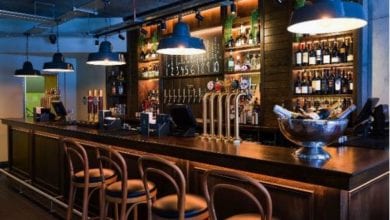News
Event catering in the era of the coronavirus

Easily one of the most thriving industries prior to the pandemic, the events, hospitality, and food sectors are now struggling to get back into the rhythm of serving the public. Even the best restaurants in London have found themselves facing persistent challenges regarding kitchens and back-of-house provisions.You'll need to
subscribe to unlock this content. Already subscribed? Login?











